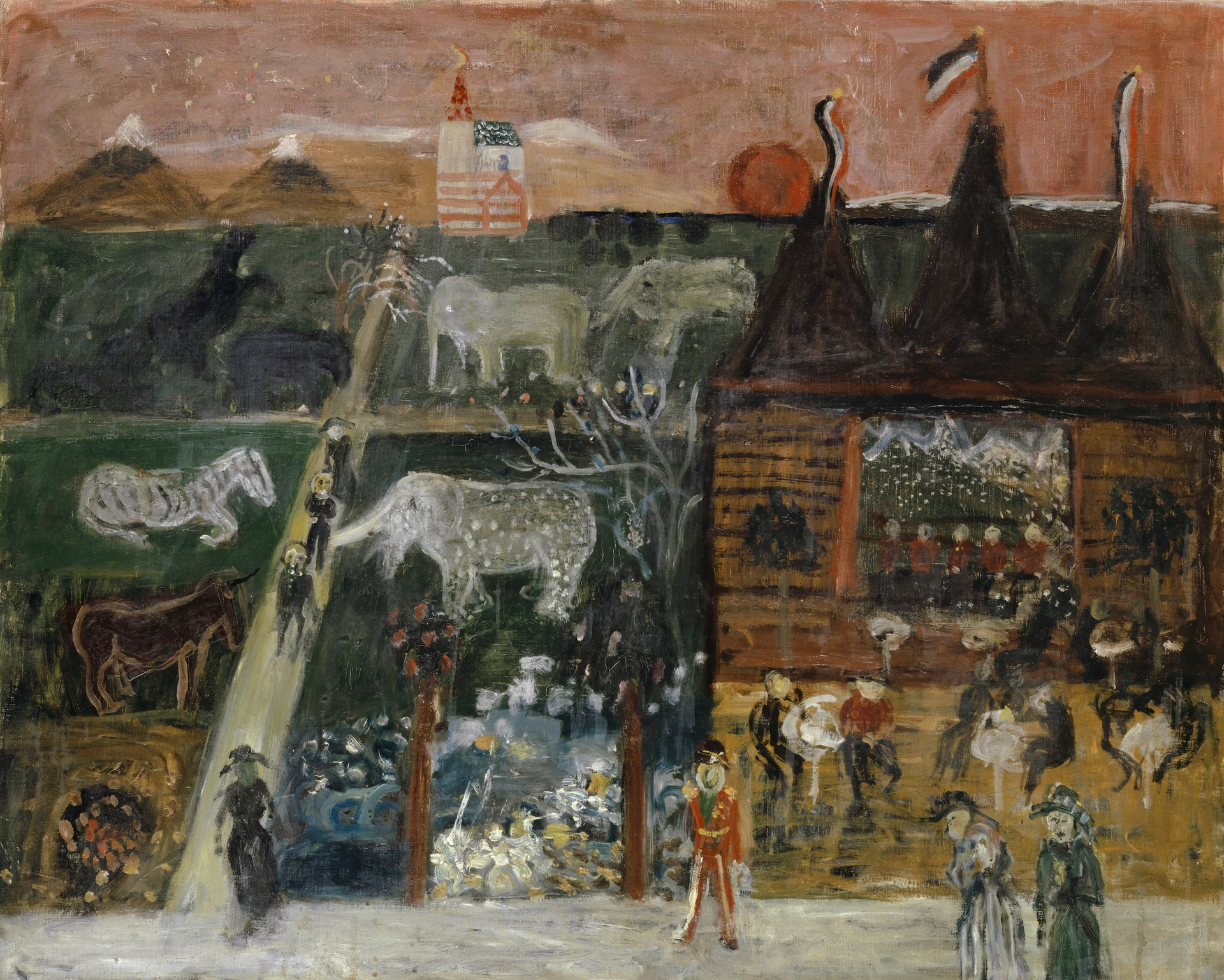Focus: Walter Kurt Wiemken
“Focus: Walter Kurt Wiemken” is the latest in a series of exhibitions being presented by the Kunstmuseum Basel which started off in its Museum of Contemporary Art . Spotlighting the works and groups of works of an individual artist or artistic movement, these exhibitions, which appear in no particular thematic order, feature items from the Kunstmuseum’s own collections.
Walter Kurt Wiemken, born in Basel in 1907 – this year being his centenary – was one of the key figures of the Basel art scene in the 20th century. Seen from the point of view of today, his output was in many ways surprisingly in tune with the European Modernism then emerging; equally striking was the artist’s success in developing a personal and distinctive style.
Unlike the luminous profusion of primary colours present in the abstraction of his contemporaries, Wiemken’s early period featured an appealing tone-in-tone quality. The sketch-like character of his brushwork might be compared to that of Paul Klee, whose technique could be decidedly childlike in expression. When it comes to subject matter, though, Wiemken’s affinity with the social criticism of Berlin’s urban-inspired Expressionism can be seen in his predilection for the portrayal of societal outcasts such as prostitutes.
By contrast, his later period, which commenced around 1933, found him absorbed in Surrealism in particular, but also in constructive, formal idioms. In Alles in Allem (1934) [All in all], a horizontal slash separates the picture into two sections that denote heaven and earth. Wiemken populates this idealised construct with bizarre beings indulging in enigmatic symbioses with architectural set pieces and technical appliances. In his “greenhouse” pictures of the late 1930s (Alte Frau im Gewächshaus (1936) [Old woman in greenhouse] and Gewächshaus (1939) [Greenhouse]), the glasshouse clearly represents the insecurity of his emotions and stands as a metaphor for Switzerland’s isolated neutrality amid the rising tensions between the European powers. Wiemken succeeded during those years in creating striking political allegories as an expression of his heightened apprehension of the imminence of war.
The son of a North German Frisian immigrant, Wiemken grew up in Basel where he studied at the school of applied arts under Fritz Baumann. With his friends Otto Abt, Walter Bodmer and others, he founded the 1933 Group in the year from which that collective took its name. He died in 1940 in the canton of Ticino, Switzerland.

